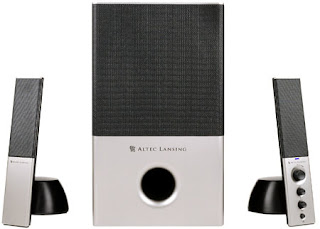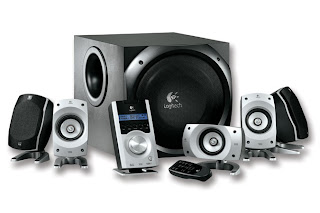Microsoft has always been releasing service packs for its windows operating systems to fix minor glitch and add various features. A little more than a year after its release, on February 4, 2008 Microsoft released Windows Vista Service Pack 1(SP1). The newly released Service pack may solve some of the performance glitches that have annoyed Vista users. Service Pack 1 will be available to current Windows Vista users by mid-March via Windows update. The corporation is also planning to have SP1 integrated into Windows Vista at retail as well, but there is no given timeline on how quickly it will be done. Windows Vista SP1 will arrive in one of three ways. Most users will automatically receive the update via Windows Update. Users with limited or no Internet connectivity or who need to update more than one PC will be able to download a complete image of Windows Vista SP1 via DVD. And, finally, volume license customers (enterprises) will receive an integrated DVD media package for installation on new PCs.
What’s good with Windows Vista SP1 is that it improves the overall upgrade process, fixes hundreds of tiny problems, and makes it easier for third-party vendors to write stable code for Vista, but failed to significantly increase performance.
SP1 doesn't resolve some of the most annoying flaws in Vista, including slow start-ups and reboots, and a security system that nags you too much and requires add-on anti-virus software.
For further readingWhat’s good with Windows Vista SP1 is that it improves the overall upgrade process, fixes hundreds of tiny problems, and makes it easier for third-party vendors to write stable code for Vista, but failed to significantly increase performance.
SP1 doesn't resolve some of the most annoying flaws in Vista, including slow start-ups and reboots, and a security system that nags you too much and requires add-on anti-virus software.
Link 1
Link 2




